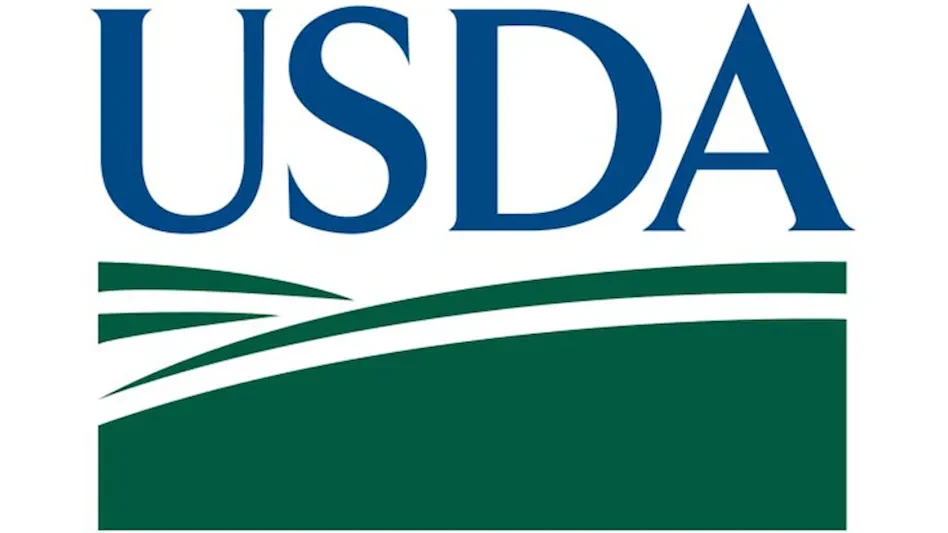The more things change, the more they stay the same. There are lots of changes currently underway in the food industry. Two of the biggest are the Global Food Safety Initiative (GFSI) and the Food Safety Modernization Act (FSMA). However, if one looks at the focus of each of these, it is the fundamental Good Manufacturing Practices (GMPs) that are at the heart of each.
GFSI focuses on the programs that support the ongoing success of the GMPs, including document control, internal audits, and management commitment. Too often, companies that are seeking or maintaining certification to a GFSI-benchmarked scheme are looking at these programs as isolated measures of success. In reality, they are only successful if they support the GMPs. For example, an excellent document control program without meaningful documents is worthless.
Several elements of FSMA are aimed at directing the industry back to the fundamentals. The Hazard Analysis and Risk-Based Preventive Controls element places emphasis on all food safety control measures, not just critical control points. The FDA has even specifically named GMPs as one of the key preventive controls. Within the produce safety rule, the identified primary routes of contamination are water, personnel, and equipment. These are all elements that are covered by GMPs or Good Agricultural Practices (GAPs).
In most instances of recent industry recalls and outbreaks, it is a GMP or prerequisite program that has failed. Major outbreaks in recent years can be tied to poor sanitation, poor facility and equipment design, and food-handler illnesses. A company can never lose focus on the basics. To maintain emphasis on the practices that ensure safe food, a company must focus on three areas: employee education, verification of practices, and change management.
Employee education goes beyond training to GMP policy. Most companies’ GMP policies are limited to the Dos and Don’ts of personnel practices. In reality, GMPs cover much more, including sanitation, pest control, equipment and facility design, allergen and chemical control, and process controls. The training program also must do more than simply outline the desired behaviors; it must convey the serious potential implications of violating these practices.
Verification of the practices cannot be done from an office or through records review. It must be accomplished through rigorous on-the-floor inspections that cover all operations, including when lines are down for sanitation and maintenance. It also includes detailed observation of personnel over an extended period of time. During the self-inspection process, several personnel in various job functions should be observed over a variety of activities for an extended period of time. Simply observing an employee completing a task is not enough. For example, during an inspection an employee may be observed cleaning his area with sweeping and placing waste in an appropriate container. The greater value is watching what he does next. Does he wash his hands or touch a food-contact surface?
Another key element of GMP focus is ensuring that your change management program includes a review for impacts of changes on the effectiveness of the prerequisite program. This includes changes such as introduction of a new ingredient, modifications to a piece of equipment, or a change in job responsibilities. The goal of change management is to proactively identify any unintended consequences of the change. The champion of each prerequisite program should be involved prior to implementing the change and ask, “How might this change impede my ability to comply with the GMPs and maintain a sanitary environment?”
While it is important to stay current with regulatory and customer requirements, it is equally important to maintain concentration on the GMPs or prerequisite programs. Take the time to assess if your company has the infrastructure to support these programs with ongoing rigor. Based on your assessment, take action before there are negative consequences to your business, customers, or consumers.
The author is Vice President of Food Safety Education, AIB International.
Latest from Quality Assurance & Food Safety
- Bird Flu: What FSQA Professionals Need to Know
- Registration Open for 129th AFDO Annual Educational Conference
- Frank Yiannas, Aquatiq Partner to Expand Global Reach of Food Safety Culture
- World Food Safety Day 2025 Theme: Science in Action
- Ancera Launches Poultry Analytics System
- USDA Terminates Two Longstanding Food Safety Advisory Committees
- Catalyst Food Leaders Announces Virtual Leadership Summit for People in Food
- Food Safety Latam Summit 2025 Set for Mexico City





